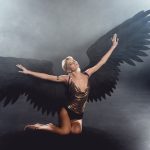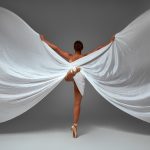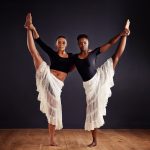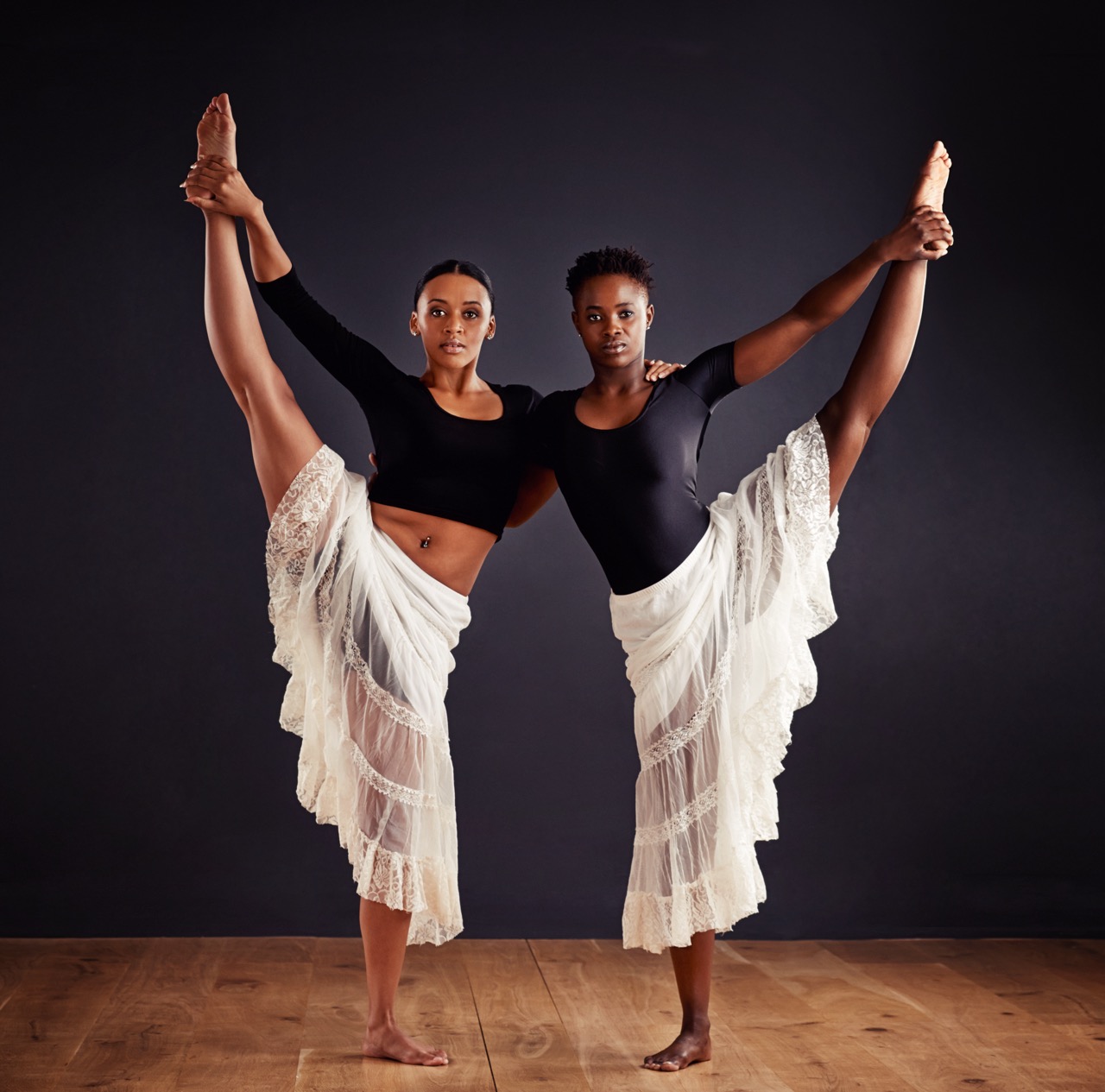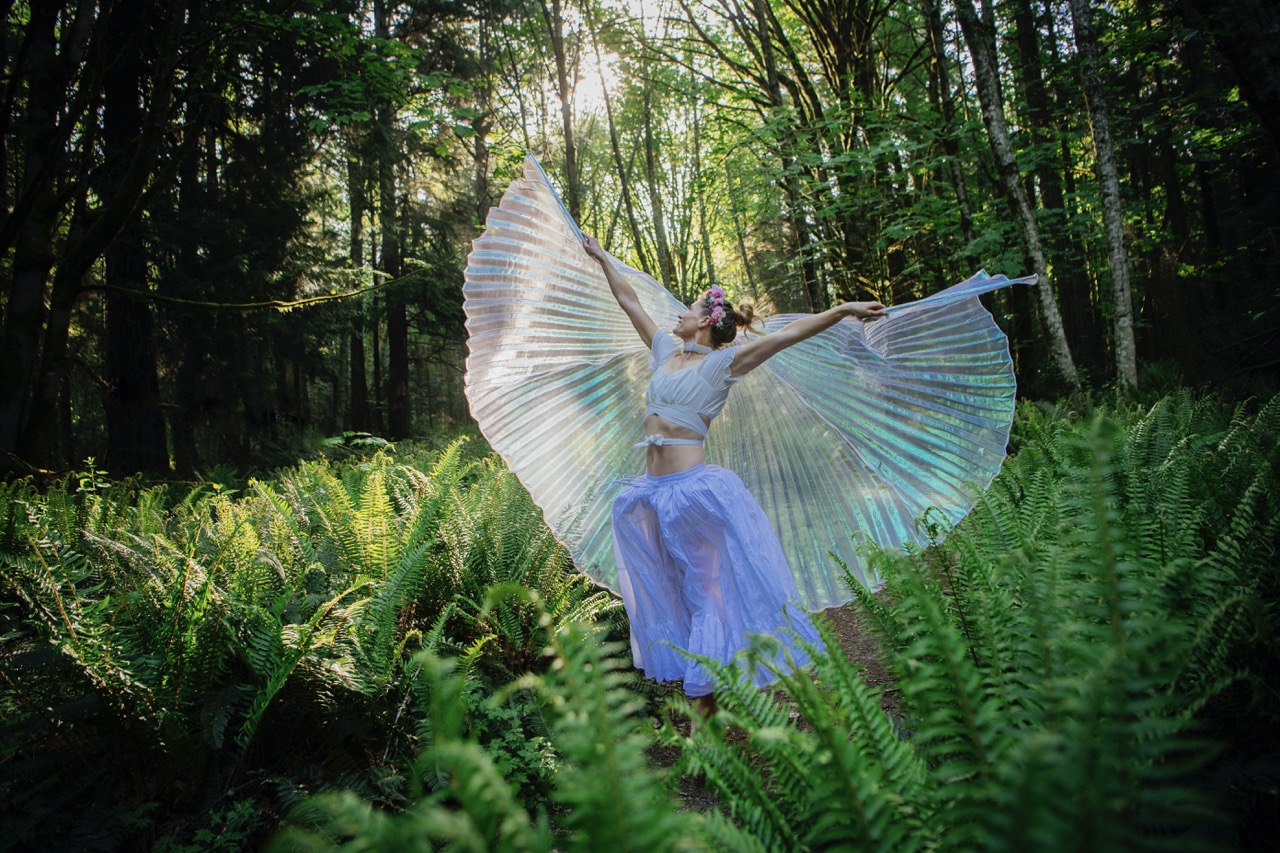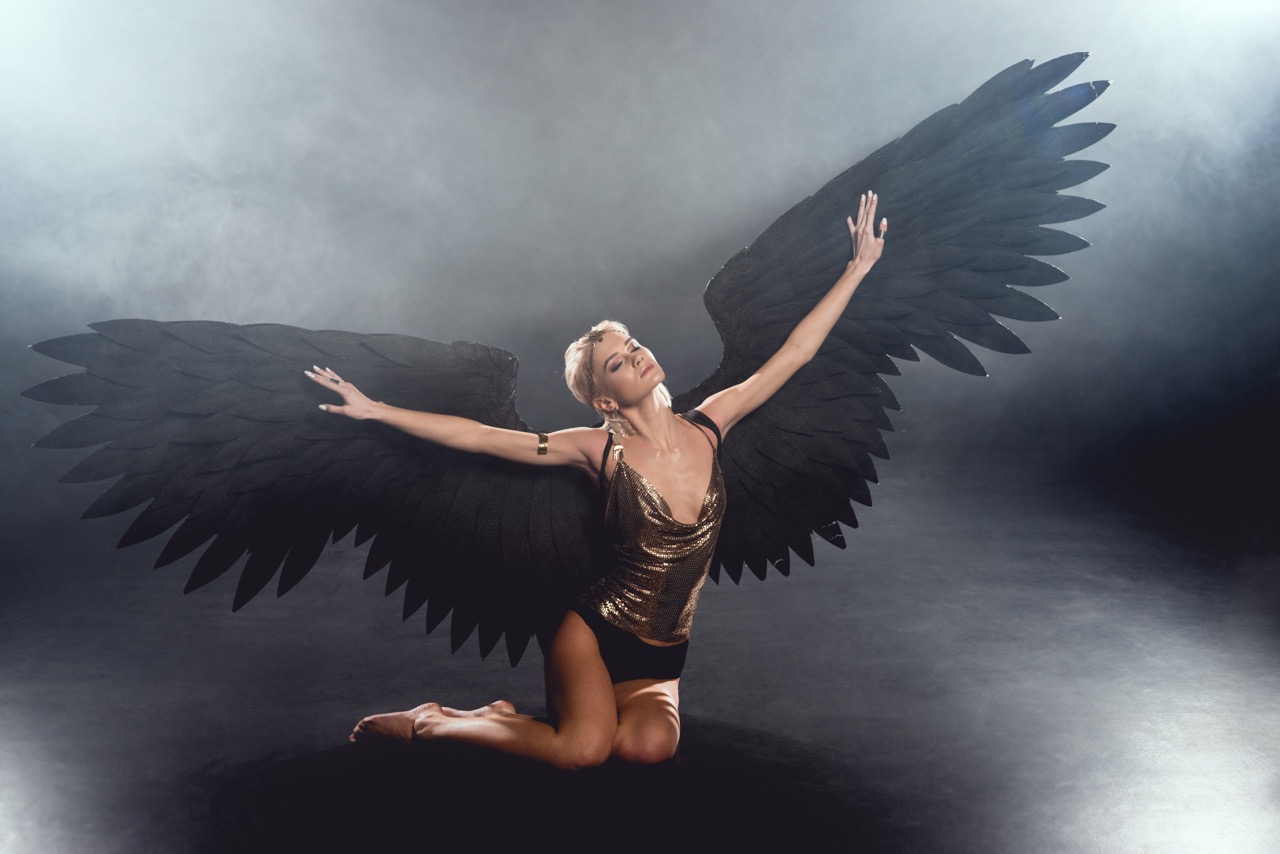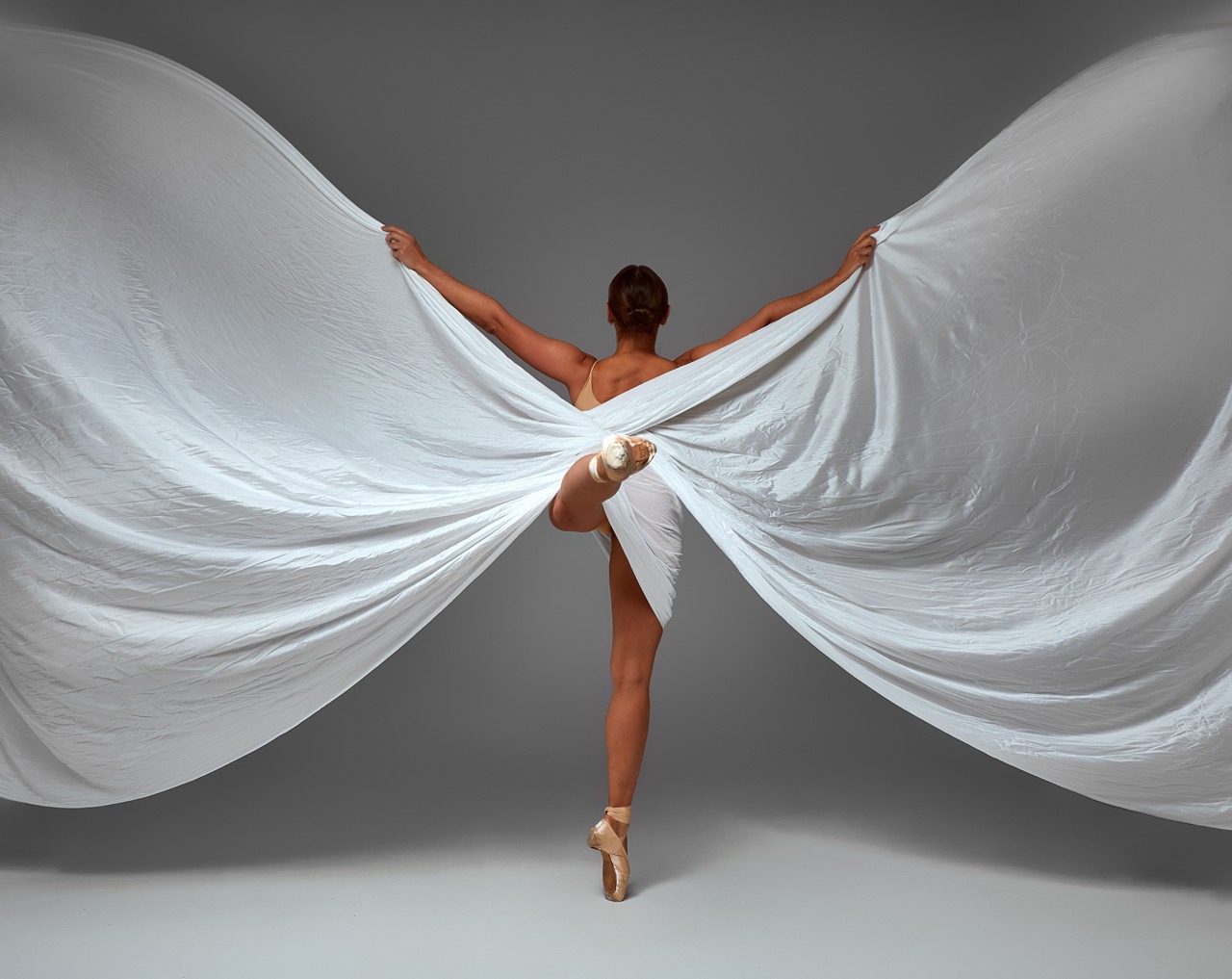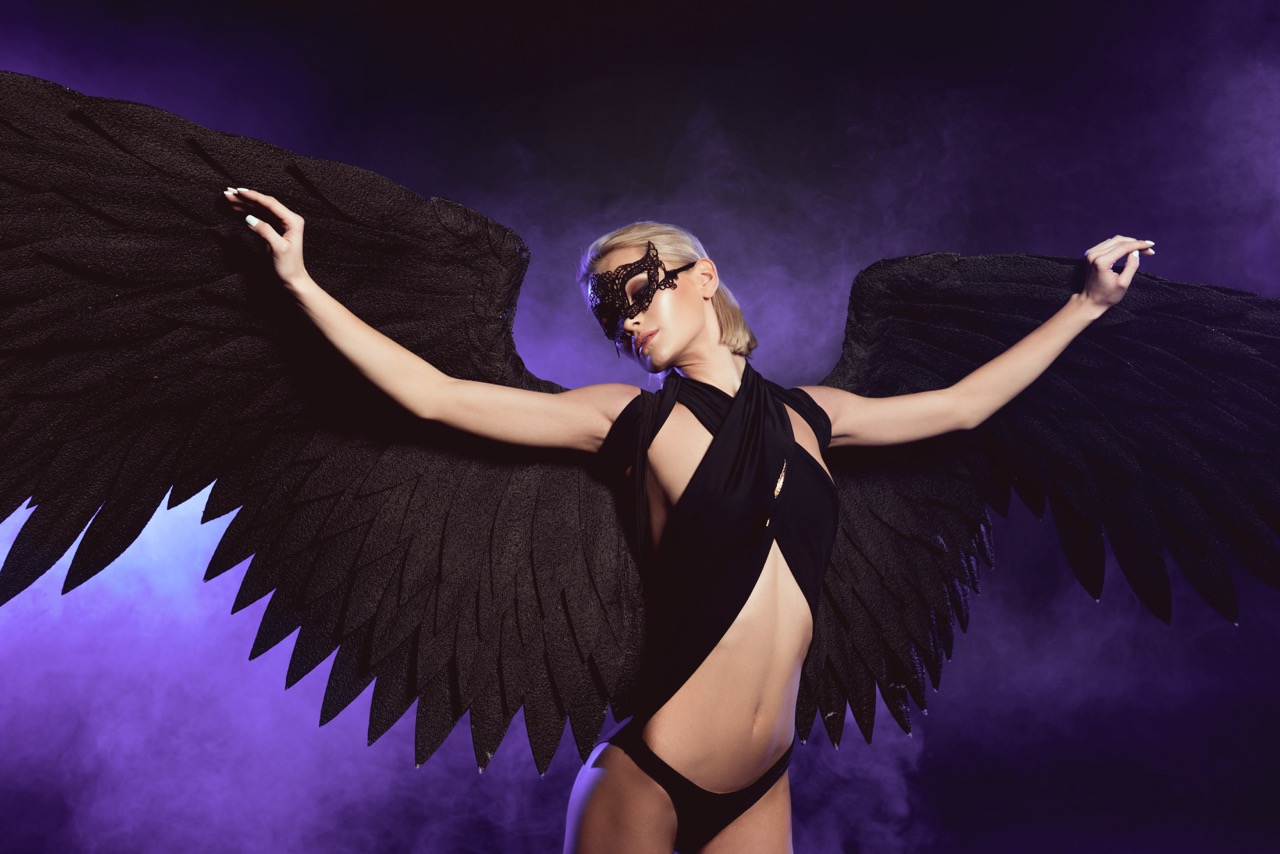In the realm of dance, transformation is not just a physical shift but an embodiment of character and emotion. Dancers often step into the shoes of otherworldly beings, mythical creatures, or even the essence of nature itself. Winged costumes have emerged as a powerful tool in this artistic journey, allowing performers to elevate their craft and immerse audiences in a vivid tapestry of movement and storytelling. This article delves into the multifaceted role that winged costumes play in dance, exploring how they aid in character transformation, enhance performance, inspire creativity, and enrich narratives.
The Art of Transformation: Winged Costumes in Dance
Costumes have long been a crucial element in the world of dance, serving as a visual representation of the character being portrayed. Winged costumes introduce an additional layer to this art, transforming dancers into ethereal beings soaring through the air. The delicate flutter of fabric mimics the movement of wings, enabling dancers to embody the grace and freedom associated with flight. This transformation is not merely superficial; it instills a sense of liberation within the dancer, allowing them to explore movements that reflect the fluidity and elegance of their winged personas.
Furthermore, the symbolism of wings is deeply rooted in various cultural narratives. From angels and fairies to mythological creatures like harpies and griffins, wings carry connotations of transcendence, freedom, and otherworldliness. By integrating winged costumes into their performances, dancers can tap into these rich associations, connecting their movements to a broader narrative that resonates with the audience. The costume thus serves as a bridge between the dancer’s physical body and the character they portray, facilitating a deeper emotional experience for both the performer and the viewers.
Moreover, the craftsmanship behind winged costumes plays a significant role in this transformation. Designers utilize a variety of materials, from lightweight fabrics to intricate feather arrangements, creating visually stunning pieces that captivate the eye. The sheer volume and design of the wings can alter the dancer’s silhouette and physical presence on stage, contributing to the spectacle of the performance. The combination of aesthetic appeal and functional design empowers dancers to fully inhabit their characters, fostering an immersive experience that elevates the art form.
Elevating Performance: The Impact of Winged Designs
The impact of winged designs extends beyond aesthetic appeal; they enhance the physicality of a dancer’s performance. The mechanics of dancing with wings can introduce new techniques and styles, encouraging dancers to stretch their physical abilities. As wings move and react to the dancer’s movements, they create a unique interplay of dynamics that adds depth to each performance. This element of surprise not only captivates the audience but also challenges the dancer to innovate and explore movement in ways they might not have considered without the wings.
Additionally, the presence of wings can change how a dancer interacts with their environment. Wings can create visual lines and shapes that guide the dance, altering the space around them. For instance, a dancer may use their wings to frame their body, drawing attention to specific movements or gestures, while also creating a visual spectacle that enhances the overall choreography. The wings become an extension of the dancer’s body, allowing for a richer exploration of spatial relationships and movement pathways.
Performance is also about energy exchange between the dancer and the audience. Winged costumes can amplify this connection. The grandeur associated with wings often evokes a sense of wonder and awe, prompting the audience to emotionally invest in the performance. As audiences witness the transformation and the artistic expression that wings facilitate, they become part of a shared experience, making the performance not just an act of dance but a collective journey through imagination and emotion.
Unleashing Creativity: Wings as a Tool for Expression
Wings serve as a canvas for creativity, offering dancers a multitude of possibilities for artistic expression. The variety of wing designs—from bold, vibrant feathers to shimmering, ethereal fabrics—encourages dancers to explore diverse themes and narratives. This freedom allows for experimentation in choreography, as dancers can integrate movements that are inspired by the symbolism and aesthetics of their wings. The creative potential unleashed by these costumes fosters a collaborative environment among choreographers, designers, and dancers, resulting in innovative performances that push the boundaries of traditional dance.
Moreover, winged costumes can transcend conventional styles, allowing dancers to blend different genres. For instance, a ballet dancer might incorporate elements of contemporary dance by utilizing the fluidity and grace that wings provide, while a hip-hop dancer might use them to infuse a sense of fantasy into their movement vocabulary. This cross-pollination of styles not only enriches the dancer’s repertoire but also introduces audiences to a more eclectic array of performances that challenge preconceived notions of dance.
The process of designing and wearing winged costumes also invites dancers to engage in a deeper exploration of their own identities. As they don their wings, questions of self-expression, individuality, and transformation arise. The act of embodying a character with wings can lead to personal insights and revelations, enabling dancers to connect with their own stories on a profound level. This journey of self-discovery enhances their performances, as authentic emotion translates into captivating artistry that resonates with audiences.
Embracing Character: How Wings Enhance Dance Narratives
Wings amplify the storytelling aspect of dance, enabling a richer narrative experience for the audience. Each performance tells a story, and winged costumes add layers of meaning that can evoke various emotions and themes. When dancers take flight through their movements, the wings infuse the narrative with elements of fantasy, freedom, and transformation. Whether depicting a mythological tale or an abstract concept, the presence of wings helps to anchor the emotional core of the performance, guiding the audience on a journey through the dancer’s imaginative world.
In addition, the use of wings allows for visual metaphors that enhance the narrative. They can symbolize hope, aspiration, or even struggle, depending on how they are integrated into the choreography. A dancer’s ascent into the air with expansive, flowing wings can represent a sense of triumph, while a more subdued gesture may evoke feelings of vulnerability or longing. This versatility in interpretation allows for complex storytelling that resonates on multiple levels, inviting audiences to engage with the performance both emotionally and intellectually.
Finally, the collaboration between dancers, choreographers, and costume designers is crucial to crafting narratives that are both visually stunning and deeply resonant. The seamless integration of winged costumes into choreography demands creativity and foresight, as each element must work harmoniously to convey the intended message. This partnership not only fosters innovation but also establishes a shared vision that enriches the performance. As wings take to the stage, they become not merely adornments but vital components of the storytelling process, enhancing the overall impact of the dance.
In conclusion, winged costumes in dance are not just visually striking elements; they serve as powerful instruments for transformation, creativity, and character expression. From enhancing performance to enriching narratives, the impact of wings extends far beyond the stage. As dancers embrace the art of flight, they unlock new dimensions of storytelling, offering audiences a glimpse into the limitless possibilities of dance. As we continue to explore the intersection of costume design and performance, it is clear that the magic of winged costumes will remain an enduring element of the dance world, inspiring future generations to take flight in their artistic endeavors.

